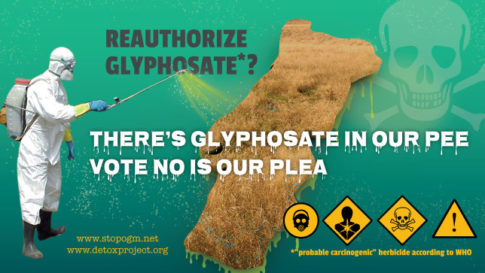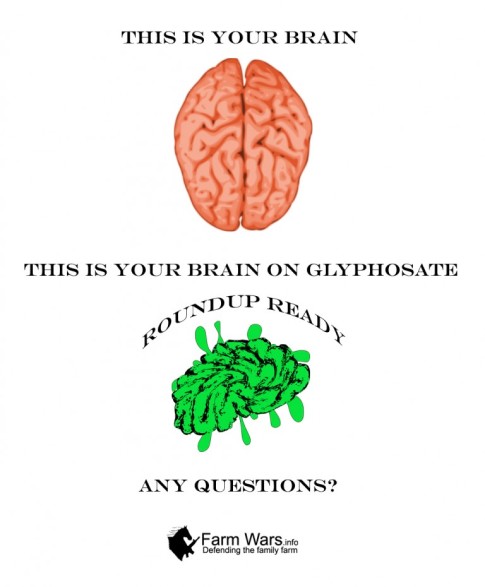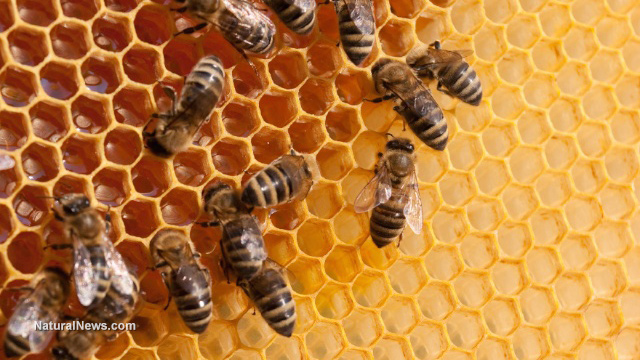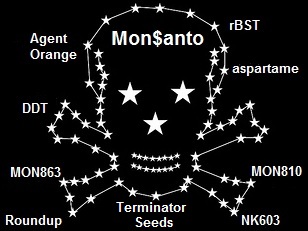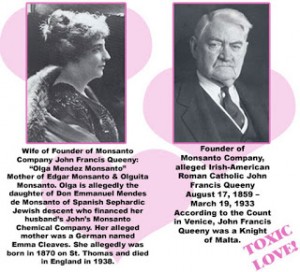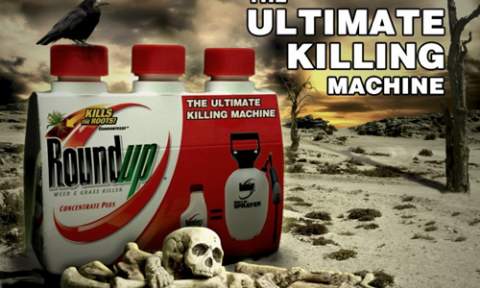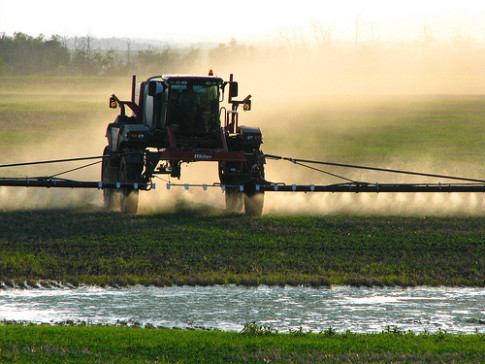– Farmers Incentivized With Cash to Spray New Poison:
By Dr. Mercola
It was about one year ago in November 2016 that the U.S. Environmental Protection Agency (EPA) approved Monsanto’s weed killer, XtendiMax with VaporGrip Technology, a dicamba variety that is supposedly less prone to vaporization and drift, designed for use with genetically engineered (GE) dicamba-resistant seeds. The chemical was supposed to solve earlier problems caused by Monsanto’s dicamba-resistant crops, which were released before they received approval for the less drift-prone herbicide.
As a result, illegal dicamba formulations were used, and the resulting dicamba drift caused significant damage to cropland across the U.S. The newer dicamba, however, did not prove to be the panacea that Monsanto had promised, and by November 2017, an estimated 3.6 million acres across the U.S. had been damaged by dicamba drift,1 as had trees in Iowa, Illinois and Tennessee.
Numerous states launched measures to prohibit dicamba sprayings, farmers suffered financial losses and, in some cases, neighboring farmers turned against one another as crops were damaged by the drifting chemical.
…
H/t reader squodgy:
“Twelve years after Jeffrey Smith started his campaign exposing the dangers of GMO’s and their associated herbicides and pesticides, which even Government reluctantly concur with, the very fact Monsanto are still giving cash to farmers who buy their stuff is proof enough to me they don’t give a hoot about us OR our environment, and should be forcibly closed down.”
* * *
PayPal: Donate in USD
PayPal: Donate in EUR
PayPal: Donate in GBP


